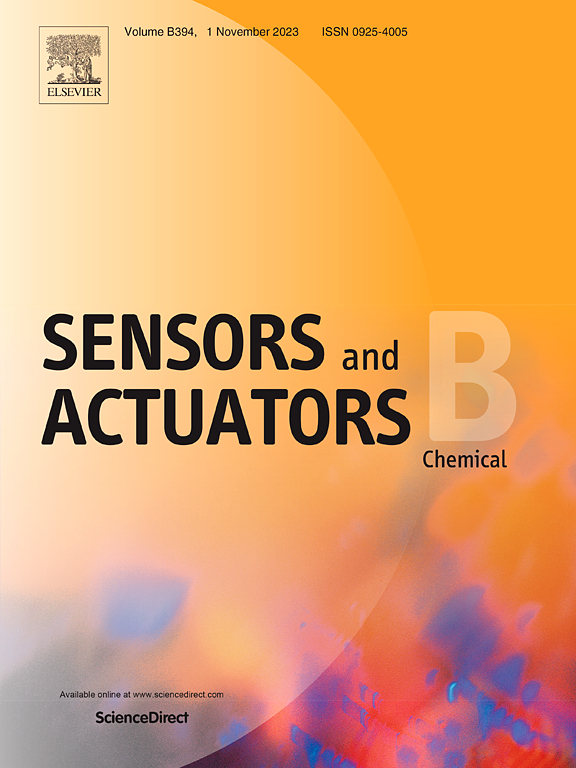Portable hepatitis C virus RNA extraction and stabilization using low-cost lab-on-a-chip style components with shelf stable reagents
IF 8
1区 化学
Q1 CHEMISTRY, ANALYTICAL
引用次数: 0
Abstract
Molecular tests offer a powerful approach to diagnosing numerous diseases and, due to advances in lab-on-a-chip technologies, have the potential to be used in the field and at the bedside. However, there is still a need for portable technologies that help isolate nucleic acids from their associated sample for testing. Previously, our groups developed an RNA extraction and stabilization (RNAES) protocol that utilized novel shelf stable reagents to extract, isolate, and store nucleic acids on membranes at ambient temperature. Building on these results, we have created RNAES kits with reductionist, 3D-printed, lab-on-a-chip style parts that enable field isolation of RNA without external equipment or power. Our kits feature three components, a lysis sphere, a capillary-wicking based cartridge for RNA isolation, as well as a drying & storage tube that stabilizes RNA for ambient temperature shipping. Using our kit, a user can process a 25 µL sample of serum or plasma within 15 minutes, including a 10-minute incubation time. Noting that hepatitis C virus (HCV) can be cured when detected, we use our RNAES kit in combination with a new real-time RT-PCR to detect HCV. Our data on 98 clinical samples and four contrived whole blood samples show comparable RNA detection and quantified viral loads following extraction with our RNAES kit or a commercial system. Our approach also provided the additional benefit of stabilizing viral RNA for storage at ambient temperatures as lysate, for up to 7 days, or on dried membranes in storage tubes, for at least 30 days.求助全文
约1分钟内获得全文
求助全文
来源期刊

Sensors and Actuators B: Chemical
工程技术-电化学
CiteScore
14.60
自引率
11.90%
发文量
1776
审稿时长
3.2 months
期刊介绍:
Sensors & Actuators, B: Chemical is an international journal focused on the research and development of chemical transducers. It covers chemical sensors and biosensors, chemical actuators, and analytical microsystems. The journal is interdisciplinary, aiming to publish original works showcasing substantial advancements beyond the current state of the art in these fields, with practical applicability to solving meaningful analytical problems. Review articles are accepted by invitation from an Editor of the journal.
 求助内容:
求助内容: 应助结果提醒方式:
应助结果提醒方式:


